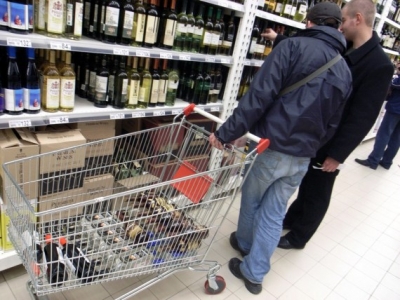A total of 64 people were poisoned by surrogate alcohol in Russia’s Orenburg region, of which 32 have died, local media reported.
According to the TASS News Agency report on Sunday, 25 people are currently hospitalized and seven others are receiving outpatient treatment.
Advertisement
Methanol was found in the blood of the poisoned persons and in some cases, its concentration was three to five times higher than the lethal dose, Xinhua news agency quoted the TASS report as saying.
So far 10 suspects have been detained for selling fake alcoholic beverages.
Earlier on Saturday, the regional health ministry said it had recorded 54 cases of alcohol poisoning this week, about half of which were fatal, according to the RIA news agency.
Local police found a warehouse and a production facility in Orenburg’s Orsk city, where 1,279 bottles of surrogate alcohol were seized.
About 800 bottles of illegal alcohol were seized in 11 districts of the Orenburg region during two days of mass checks.
The problem of counterfeit alcohol poisoning has long plagued the country, despite the Kremlin’s campaign against surrogate alcohol.
In December 2016, over 70 people were killed in Russia’s Irkutsk after drinking fake alcoholic beverages.
This latest case of mass alcohol poisoning some 1,500 kilometers (900 miles) southeast of Moscow is one of the largest reported in recent years.
Denis Pasler, Orenburg governor, announced large-scale controls on sales and the withdrawal of purer forms of alcohol from the shelves while authorities work to track down those responsible for this case of mass alcohol poisoning.
“Alcohol consumption can be life-threatening,” Pasler said.
In 2016, 76 died in Irkutsk after consuming a spirit that had been spiked with a window cleaner.
After that case, the federal government put in place tighter controls on the production and sale of alcohol, medicines, perfumes, and other liquids that contain a high percentage of ethanol.
Ethanol is another simple alcohol, and the one found in conventional alcoholic drinks.
(With IANS inputs)











